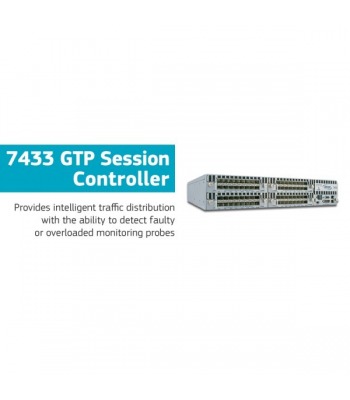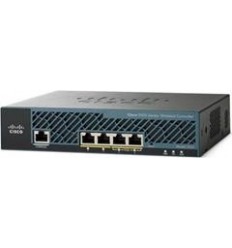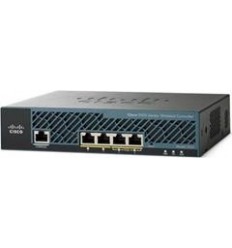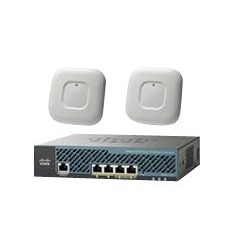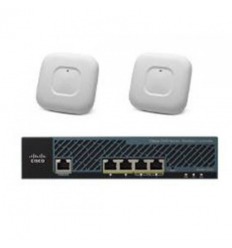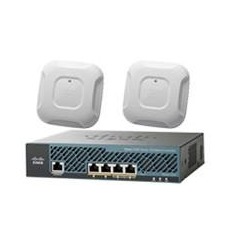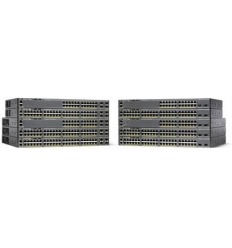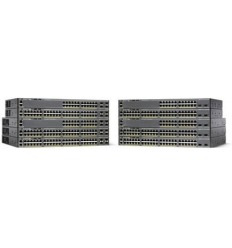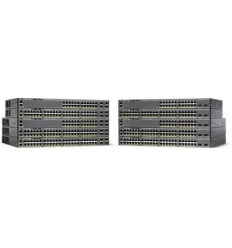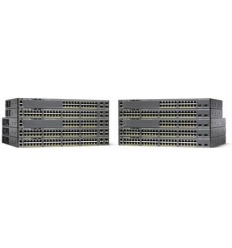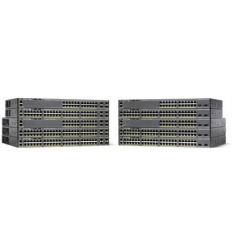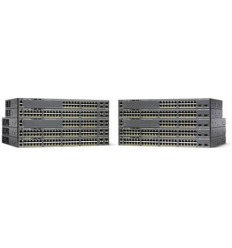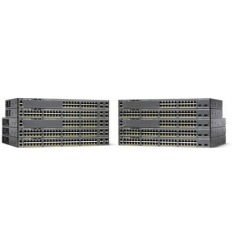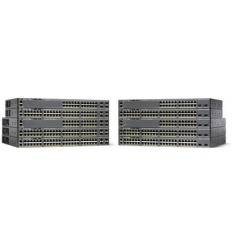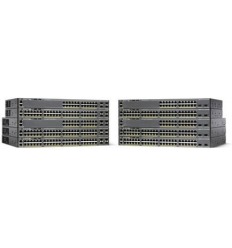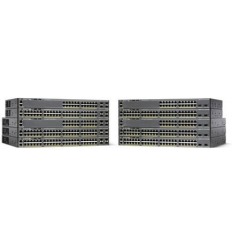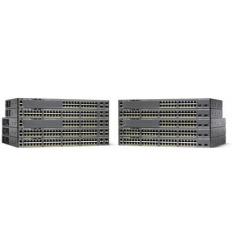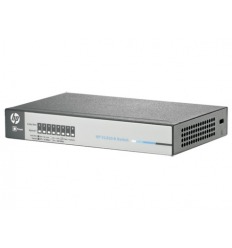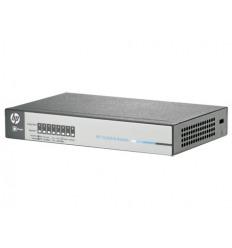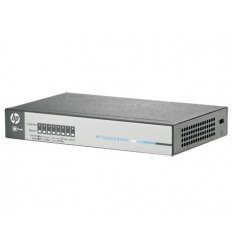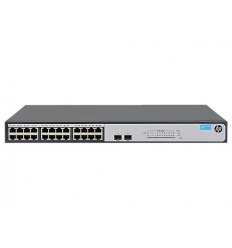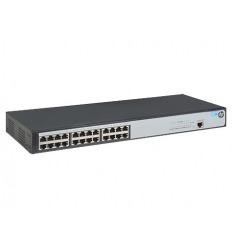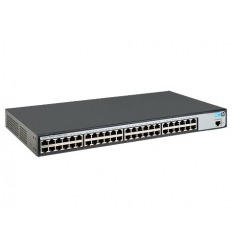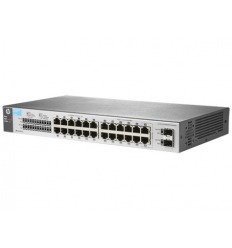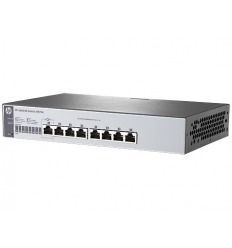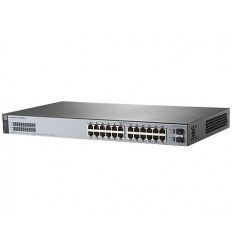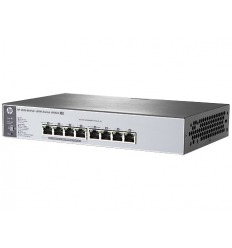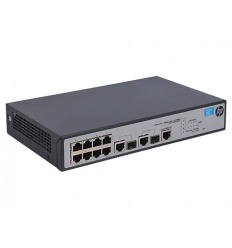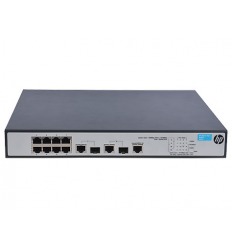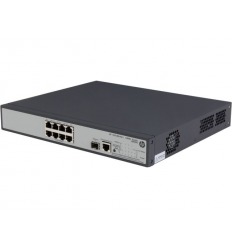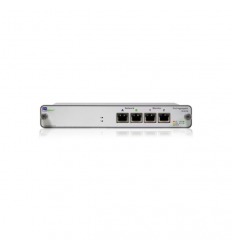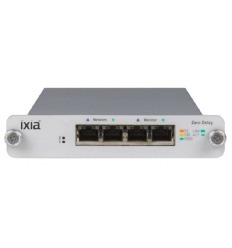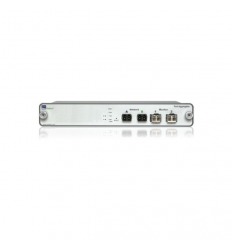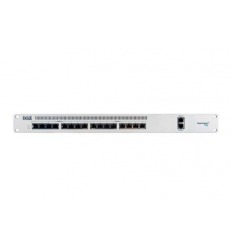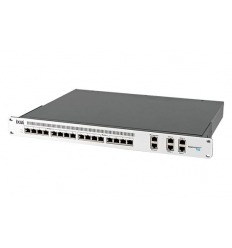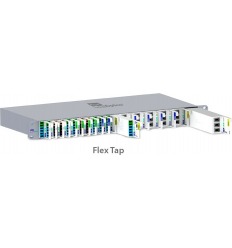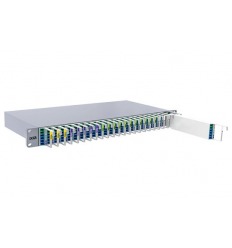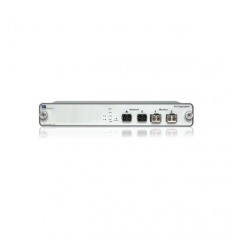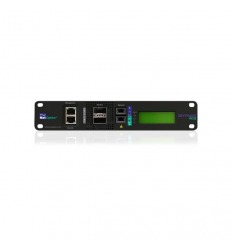As 4G LTE revolutionizes the use of data services for mobile users worldwide, mobile carriers are increasingly focused on ways to improve network service dependability and customer Quality of Experience (QoE). Now, the Ixia GTP Session Controller 7433 helps mobile carriers optimize the performance of vital network monitoring solutions as data traffic and session counts increase. The GSC 7433 provides intelligent traffic distribution with the ability to detect faulty or overloaded monitoring probes and redistribute the load to other probes in the cluster.
As 4G LTE revolutionizes the use of data services for mobile users worldwide, mobile carriers are increasingly focused on ways to improve network service dependability and customer Quality of Experience (QoE). Now, the Ixia GTP Session Controller 7433 helps mobile carriers optimize the performance of vital network monitoring solutions as data traffic and session counts increase. The GSC 7433 provides intelligent traffic distribution with the ability to detect faulty or overloaded monitoring probes and redistribute the load to other probes in the cluster. Additionally, the GSC 7433 provides unprecedented scalability and network visibility by ensuring that GTP traffic related to one session is delivered to a single probe. This allows monitoring probes to focus their resources on QoE analysis instead of spending cycles attempting to reassemble GTP session traffic.
By optimizing the reliability and efficiency of monitoring probes, the GSC 7433 aids mobile carriers in the delivery of user-centric mobile services allowing them to retain and grow their subscriber base, improve ARPU and minimize operational costs. The solutions is available in two models: 2-Port, 1/10G module with extended burst protection and NEBS certification for the NTO 5236 and NTO 5273; and for larger enterprises and service providers, a 16-port 10G module with VNTag stripping and time stamping, for the NTO 5288 product. The solution offers:
- GTP-session awareness — Enables monitoring solutions to scale by offloading the correlation of subscriber data from monitoring probes.
- Session Distiller — Samples and filters GTP sessions to reduce traffic sent to probes to the essential information
- Session Safety Net — Automatically detects probe failure and redistributes the traffic until the probe recovers.
- Scalable, high-density solution — A right-sized monitoring solution with enough headroom for future growth.
- Carrier-grade robustness — Deliver uninterrupted traffic distribution in demanding telecommunication environments.
- Simple visual management — Focus on the business of running the network rather than spending time reading an instruction manual.
Performance
- 10GE Ethernet support
- Full line-rate across all ports
- Supports more than 50 million GTP sessions
High-Availability Features
- NEBS Level 1 Certified Product
- Redundant, hot-swappable power supply & fan modules
- Local and remote alarm relay support
- Redundant management ports
- Craft interface for emergency out-of-band reset
Port Flexibility
- Up to 64 10GE (SFP+) port configurations available via flexible 10GE port modules
- 16 port ingress x 16 port egress module
- 16 port ingress x 32 port egress module
- 32 port ingress x 32 port egress module
- All port licenses are included with purchase of modules
3GPP Specification Support
- 4G LTE, UMTS, GPRS, GSM
- GTPv1 and GTPv2
Management
- SNMP v1, v2, v3c support
- TACACS+ and RADIUS support (members and groups)
- Granular access control features
- Event logging
- Local and remote Syslog
- API for IT automation and control
- Dual IP-based management ports (RJ45 – 10/100/1000 Mbps)
| Physical Specifications | |
|---|---|
| Size and Weight |
|
| Power AC |
|
| Power DC |
|
| Operating Specifications | |
| Temperature |
|
| Humidity |
|
| Regulatory/Safety | |
| North American Safety |
|
| European Safety |
|
| RoHS Compliant |
|
Part Code:
7433 GTP
- APC
- Arista
- Aruba
- ATEN
- Austin Hughes
- Aviosys
- Avocor
- Bailey
- BenQ
- Black Box
- Brother
- Cadyce
- Cisco
- Cramer
- Crestron
- Cyber Power
- Dell
- Digi
- DTEN
- Eaton
- Enconnex
- EPSON
- Extreme Networks
- Gefen
- Geist
- Heckler Design
- HPE
- IBM
- IXIa
- iXsystems
- Juniper Mist
- Kaminario
- Kramer
- Lantronix
- Lenovo
- Linksys
- Logitech
- Luxor
- Mellanox Technologies
- Microsoft
- MINICOM
- Moxa
- MRV
- Napatech
- Neat
- NetApp
- NETGEAR
- Nimble
- NTI
- NVIDIA
- OpenGear
- Panasonic
- Perle
- PlenaForm Systems
- Pure Storage
- Qnap
- Quantum
- Raritan
- RF Code
- Samsung
- Seagate
- Sensaphone
- ServerLIFT
- ServerTech
- Silicom
- Solarflare
- Sony
- StarTech
- Sun Microsystems
- Supermicro
- TDK
- Thinklogical
- TRENDnet
- TURTLE
- Vertiv
- Wacom
- Yubico
- Zoom
- ZPE Systems

